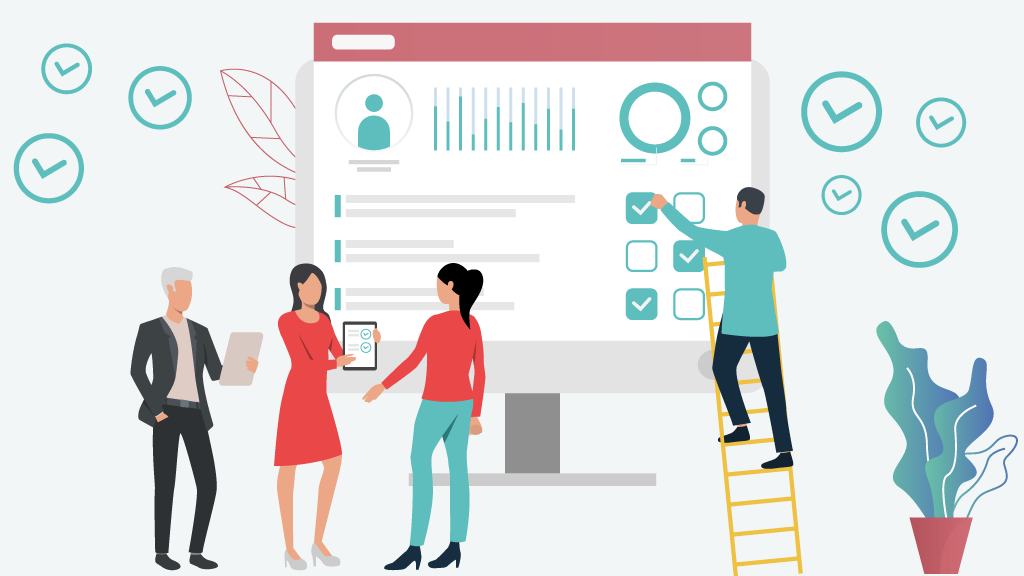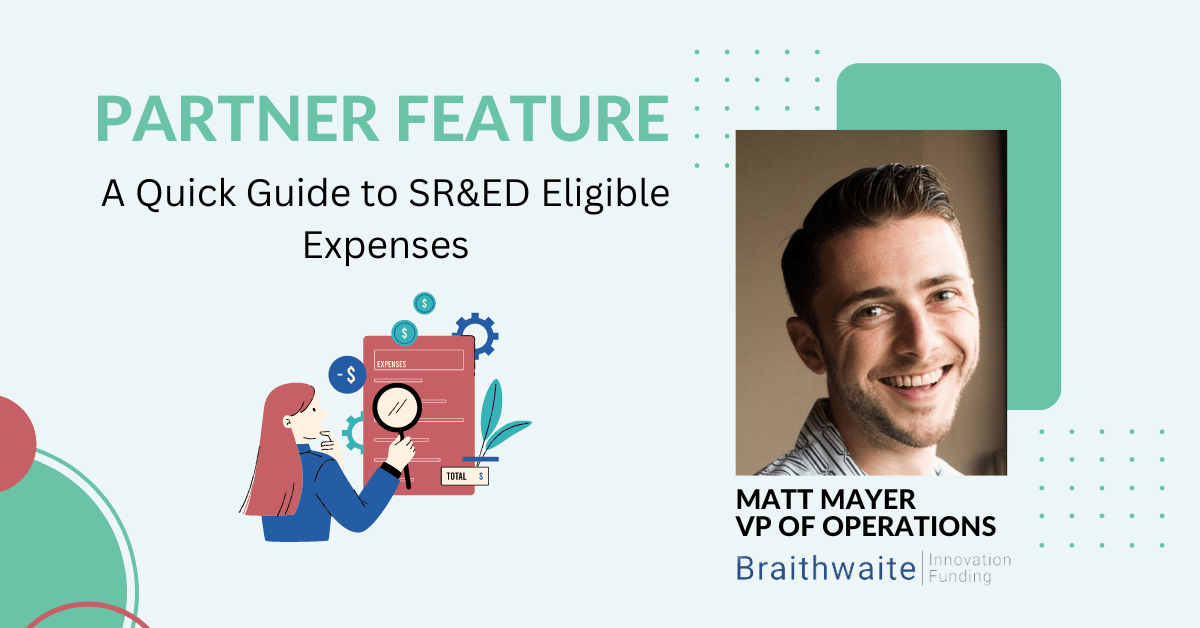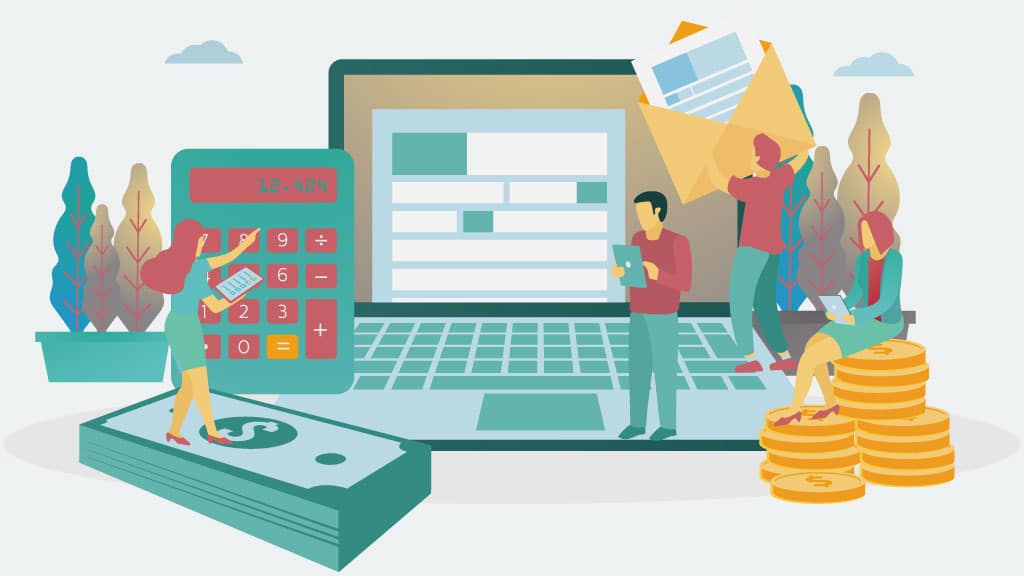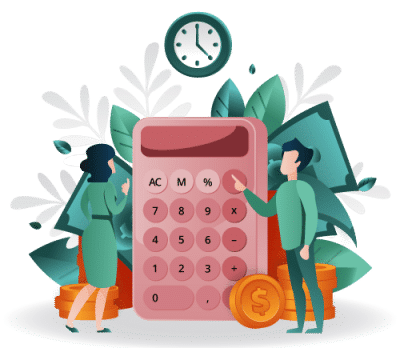Reading time: 7 minutes.
For any business, losing a customer means losing money. Growing early-stage companies need a steady flow of income to pay for their day-to-day. Beyond that, if your SaaS company is looking for equity funding or debt financing, you’ll also need to show strong customer acquisition and retention numbers to entice investors to bet on your future success.
Marketing to acquire customers can be challenging. This is because you have to find them and get them into the sales funnel. Marketing to retain customers involves continuously showing your company’s value in order to keep those customers engaged and paying. Both are equally important, but retention is traditionally easier as you’ve already done the hard work of convincing a user to join your platform.
Startups and Customer Retention
The best way to understand the importance of customer retention is to understand how expensive it is to actually acquire new customers.
All SaaS startups should have a pretty good understanding of their CAC, or Customer Acquisition Cost. This cost will tell you how much you’re spending to acquire a new customer.
Calculating CAC
Calculating your basic CAC is easy. Simply divide all the costs spent on acquiring more customers (marketing and sales expenses) by the number of customers acquired in the period the money was spent:
CAC = Cost of marketing & sales ÷ Number of customers acquired
Focusing on retention saves money
At the end of the day, it’s much less expensive to retain a customer than it is to gain a new one. A paying customer has already bought into your value proposition and has shown interest in your product. A potential customer, on the other hand, needs to be convinced that your solution is right for their problem. This process can often take time.
A potential user needs to enter the sales funnel and be convinced that spending money with you will ultimately save them either time or money.
While a new customer acquired from various forms of marketing must pass through three parts of the sales funnel just to be a first-time buyer, it takes far less convincing to inspire the loyalty of an existing customer.
Lifetime Value
Whether you are acquiring your first customers or working to retain your existing customer base, it’s important to pay attention to their Lifetime Value. Customer lifetime value (LTV) is the total revenue you can reasonably expect from a single customer account. The LTV is calculated by multiplying a customer’s value by their average lifespan. LTV helps a company identify how much revenue they can expect from a customer over the life of their relationship with your SaaS business.
A customer’s LTV can be calculated by:
LTV = Avg value of a sale X number of repeat transactions X retention time period
A repeat transaction is a recurring payment that you receive for your SaaS. For example, if clients pay you on a monthly basis, a repeat transaction is your monthly payment. You should also take into account any one-time purchases clients make such as an upgrade for a specific month.
The potential to extend the customer’s LTV, or to increase it, is possible if you build in ways to upsell or cross-sell on your platform. SaaS companies can add premium features as add-ons, or offer tiered pricing to try to entice a customer to jump up a level for a slightly higher monthly fee, for example.
Customer retention is a challenge
Retaining customers, especially in a SaaS environment can be challenging. There are a lot of reasons why customers may go elsewhere after they’ve originally signed with you.
Customers are aware of the general plethora of options at their fingertips. Because they’re constantly shopping for “the next best thing”, if you aren’t giving customers a wow-factor, you risk lowering your overall retention numbers. Reasons why SaaS companies may struggle to retain customers include:
A Wealth of Competition
There’s a lot of competition in the SaaS landscape. In order to stay competitive, you’ll have to make sure you’re better than your competitors across a whole swath of metrics.
Low Switching Costs
Many SaaS models have a low barrier to entry in terms of cost. This means it’s easy for customers to try new services or switch to the competition if they sense there’s a good deal or an interesting feature they’d like to take advantage of.
It’s not all bad news and not all customers are fickle. If your company provides a seamless experience that’s flexible enough for their needs and at a desirable price point, your customers won’t have a reason to shop around. Generally, users will remain loyal to your brand if:
- The tech is bug-free
- Your UI is simple
- Your customer service is excellent and easy to contact
- You’re actively cross and up-selling
- You are constantly showing the value of your product
- You are listening to client feedback and putting it into practice
- Your pricing is competitive
- Features and updates are regular and add value for your users
- You constantly check in with customers from time to time
- You’re rewarding loyal clients.
- You’ve initiated a customer education program
- You’re developing a customer success team
- You regularly offer free/deeply discounted upgrades
- You’re constantly showcasing just how much better than the competition you are
How to retain your SaaS clients
As a startup, you don’t want to keep spending your cash buying each and every customer that enters your SaaS platform. That’s why working on retention is important. There are many ways to retain customers, some largely free or inexpensive. Utilizing a blend of options will also help you reach potential customers by being where they are.
Here are a few to consider adding to your overall customer retention strategy:
Blogs
Blogs are a flexible way to reinforce the value of your SaaS product, show your industry knowledge, and offer valuable insights and information. It gives you boundless opportunities to re-engage your audience by offering tips, guides and tutorials.
Videos
Videos can be used to show how your product adds value to their company or to teach them how to use your software more efficiently. That said, videos tend to be time consuming and pricey in terms of content creation as you will have to film and edit the content.
Social Media
Use social media to retain customers by offering product support via social platforms. Social media can be used as a touchpoint to help you interact with your customer base in order to develop a relationship with them to ensure long-term retention. Social media is also great for launching paid retargeting campaigns.
Search Marketing
Much like in social media, search marketing offers up both organic and paid options. For paid, you can use Search Engine Marketing (SEM) for retargeting former clients or visitors to your website that did not convert into clients. For organic, ensure that you have strong SEO also so that you’re front and centre if certain customers are beginning to look around for other SaaS options.
Email Marketing
Email marketing is a highly effective touchpoint that can promote various types of content and promotions. It can also offer insight into a client’s general interests with analytics such as opens and click-throughs. Outside of direct sales, there’s no better way to uncover what truly speaks to an individual customer. It can be used to engage and re-engage your clients while collecting invaluable analysis that you can use to up-sell your services.
Customer Acquisition and Retention
Whatever your retention strategy is, your company will need to use it to help ensure you are managing your churn.
How churn affects retention
In SaaS terms, churn is the rate (in percentage) at which SaaS customers cancel their subscriptions. Naturally, as a company, you want to keep customer turnover low. High churn indicates that clients aren’t happy with the product. This may mean that something isn’t working in your overall business model. If your churn begins to eat away at your retention, it’s time to re-evaluate your business and marketing strategies.
Retention not only controls the rate of churn, but it can also help you organically acquire customers as well. Leveraging your current base can help you grow with little to no acquisition costs at all. What’s more, once you’ve begun to retain customers, you can begin to focus on other aspects of your business like growing or adding more features to your platform.
Create a marketing strategy with retention in mind
It’s important to have a roadmap to follow when focusing on your customer retention strategy. This will help you stay focused and make tough decisions to ensure you stay on target and don’t drift from your core goals.
A solid customer retention strategy should be four things:
- Sustainable
Make sure that the plan you put in place isn’t designed to last one marketing campaign or one financial quarter. Customer retention takes time and evolves, so the plan you develop will need to reflect that.
- Flexible
Whether it’s trying out a new pricing model or adding new options or features, make sure whatever customer acquisition strategy you implement is flexible enough to organically adjust. Being flexible will allow you to better respond to market trends.
- Targeted
Before even beginning a customer retention strategy, it’s a good idea to take a step back and define who you plan to target – and how. Working on buyers personas can help you spend your limited budget wisely and really hone in on your overall messaging.
- Diverse
While tailoring your methods to target a type of specific customer is important, don’t forget to diversify your offerings. Use a variety of acquisition methods to increase your likelihood of reaching new audiences.
Was this post helpful? Find more great insider information by signing up for our newsletter, including ways to help your company find growth capital or how to manage your next SR&ED submissions. We’re here to help you find venture debt to suit your needs. Let us show you how.




